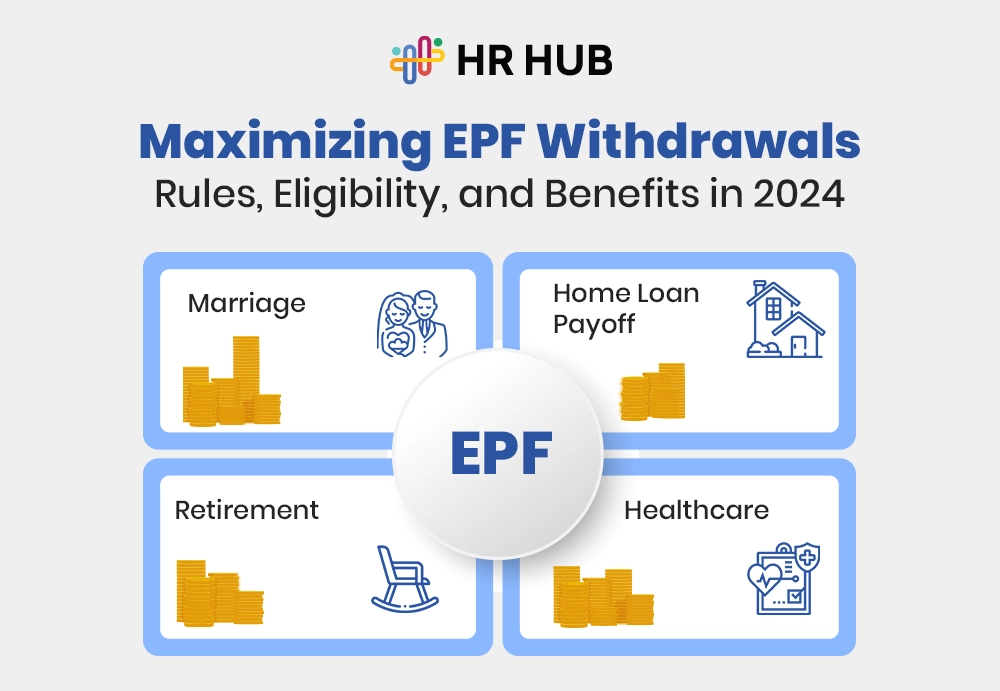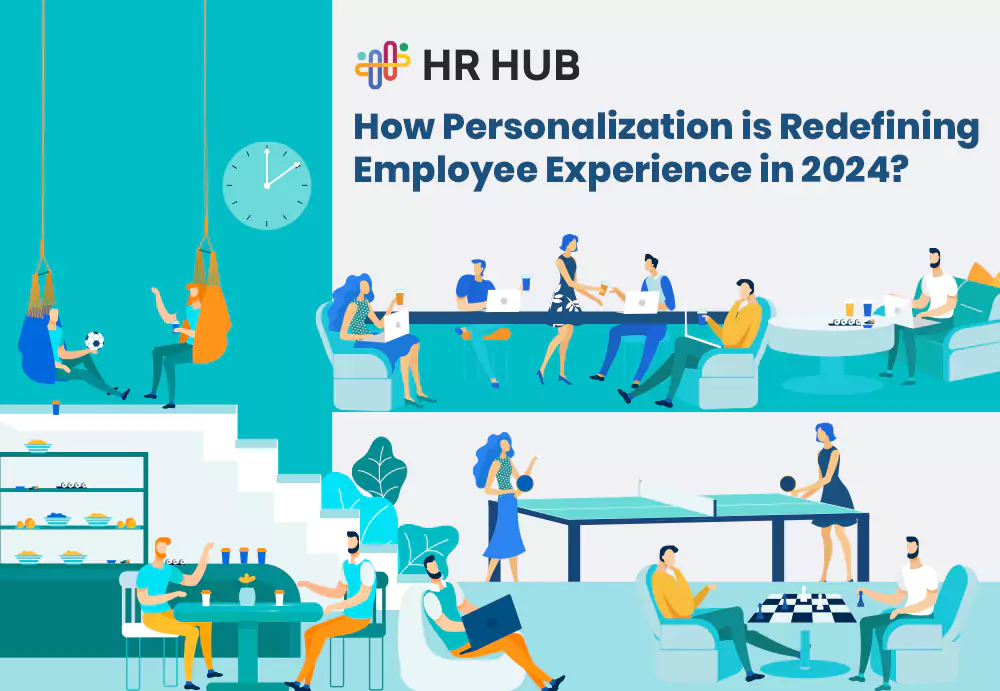Conflict is well-nigh unavoidable in any business environment. Because team members belong to different backgrounds and have their own perspectives and work styles, disagreements are certain to occur and create tension as well as diminish productivity.
Successful conflict management has nothing to do with maintaining harmony; it's all about having a culture where diversity of thought and ideas flourish.
And here's how you should sail these dangerous waters gracefully and professionally.
Knowing the Root Causes
Before discussing how to solve conflict, one should determine the common root causes.
Misunderstandings, value or goal disparities, resource competition, and dissimilar stress levels are common stimulants. Identifying these helps one deal with the problem more efficiently.
10 Proven Strategies for Resolving Conflicts
Let's highlight the proven strategies that you can adopt for resolving conflicts with a co-worker occuring in the workplace.
1. Address the Conflict Sooner Rather Than Later
Procrastination in resolving conflicts has the effect of allowing issues to ferment and grow more complicated with time. Intervening early avoids misunderstandings from becoming entrenched and shows an active attitude towards conflict resolution.
Addressing disagreements early can ensure a healthier work environment and reduce disruptions. This method emphasizes the value of watchfulness and responsiveness in leadership and among staff.
2. Focus on the Issue, Not the Person
This approach is essential to avoid personalizing the discussion and ensure that it remains professional.
You maintain an objective tone by focusing on what you are doing and the result of such an action.
For example, explaining how a deadline that was missed affected project timelines is more useful than blaming someone's work ethic. This approach creates a constructive conversation in which solutions are geared towards fixing processes or actions rather than critiquing an individual's trait.
3. Practice Active Listening
Active listening is focused on the speaker, following their message, responding carefully, and recalling what was said.
This method generates trust and will de-escalate potential conflict. It enables everyone to feel heard and respected, which can radically alter a conversation's dynamics to more cooperative problem-solving.
Acknowledging other views without instant judgment or refutation can create new avenues of mutual understanding.
4. Use “I” Statements
Making "I" statements enables you to communicate your feelings and thoughts without blaming, which can diminish the defensive reaction from others.
This communication method promotes honesty and openness without inducing negative responses.
For example, instead of saying to someone he's not reading your emails, you might say, "I get anxious when I don't hear about urgent matters." This is highlighting your feelings and naming a solution-focused response.
5. Agree to Disagree
Not all conflicts will end with a clear-cut agreement, and that's okay. Sometimes, the best outcome is to see that a consensus is impossible and to respectfully agree and disagree.
This resolution can be particularly useful if the conflict is rooted in individual values or preferences that will not change. It enables both sides to proceed without continued tension, maintaining relationships and team dynamics.

6. Seek to Compromise
Compromise is when each side gives something up to get something both will be content to live with.
Compromise is one of the most obvious indications of successful cooperative working and shows a willingness to put aside individual tendencies to support the group's aims.
Compromising can lead to innovative solutions whereby both gain and, thus, strengthen the team's bonds and durability.
7. Involve a Third Party
Compromise means both sides surrendering something to come to an agreed solution.
Compromise is a sign of teamwork and reflects the dedication to group objectives over personal desires.
Achieving compromise can result in creative solutions whereby both sides feel that they have received something, and therefore, the cohesion and strength of the team is enhanced.
8. Take a Break if Needed
At times, the most effective way to avert an escalation of an argument is to stand back and let emotions subside.
Briefly suspending an angry debate can avoid regrettable statements and support professional relationships.
Participants can return to the debate with a clearer, calmer mind after a break, which is better for resolving the matter.
9. Reflect on the Experience
Reflection is a successful method of individual and professional improvement. After each conflict has been resolved, reflect on what worked and how differently it would be done the next time.
This reflection can feed into plans for managing similar conflicts and improving your conflict resolution skills.
10. Document the Resolution
Recordkeeping of the outcome of a process of conflict resolution has several benefits. It captures what is agreed to avoid future misunderstandings or disagreements regarding the settlement.
It further acts as an organizational learning resource, providing experience with conflict and resolution that will be useful to inform future policies and training programs.
In combination, these strategies provide a framework for managing workplace conflicts, emphasising maintaining and building professional relationships, team effectiveness, and organizational culture. By employing these strategies, you can convert possible setbacks into possibilities for growth and development.

Beyond Resolution: Building a Stronger Team
Using tools such as HR HUB can go a long way in helping manage workplace conflicts better. With its broad range of modules that can monitor and assist in managing interactions of employees, HR HUB helps ensure that conflict gets resolved and examined, which helps improve management practices.
Dealing with conflict is all about repairing the brokenness and redefining troubles as opportunities to grow and unify the team. Implementing these methods will achieve a more unifying workplace wherein every member is valued and interpreted.






